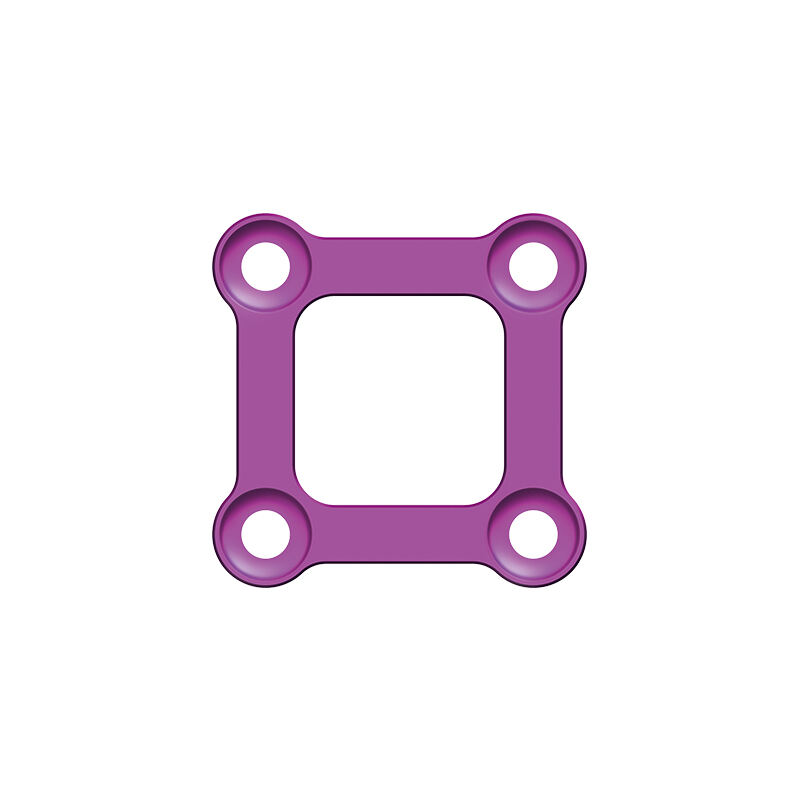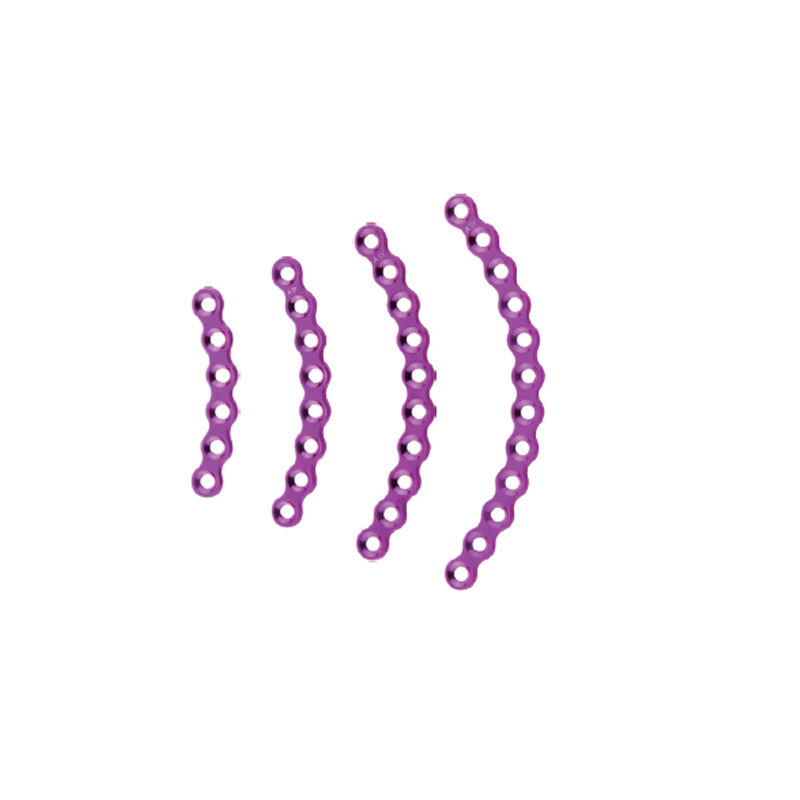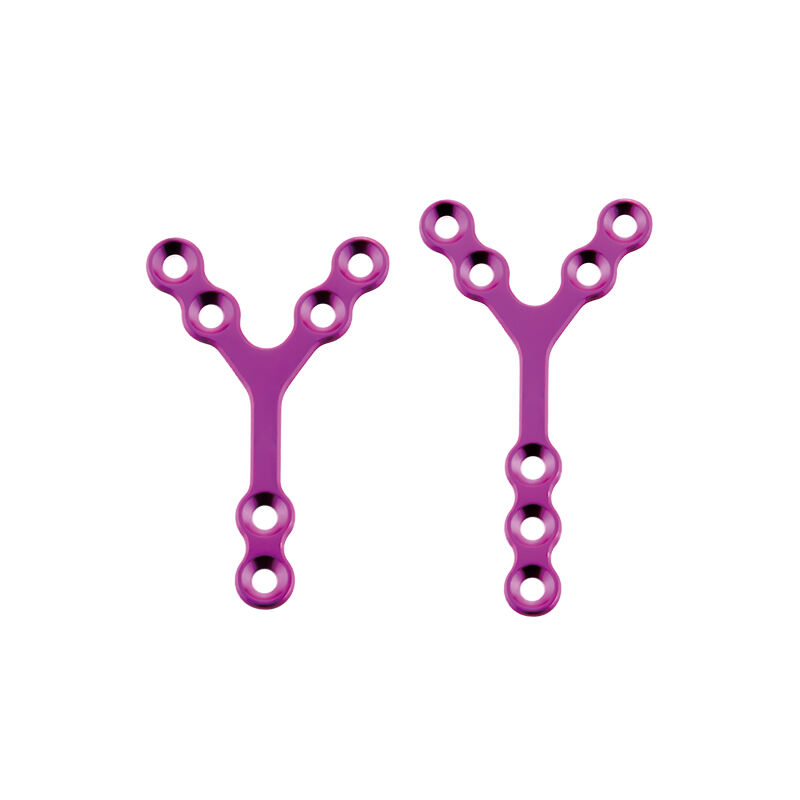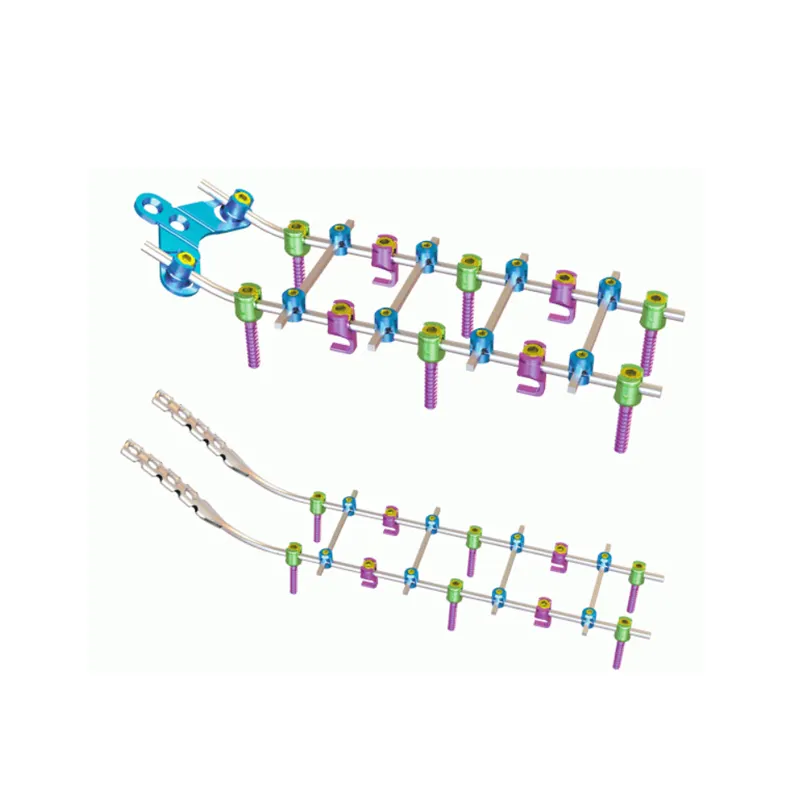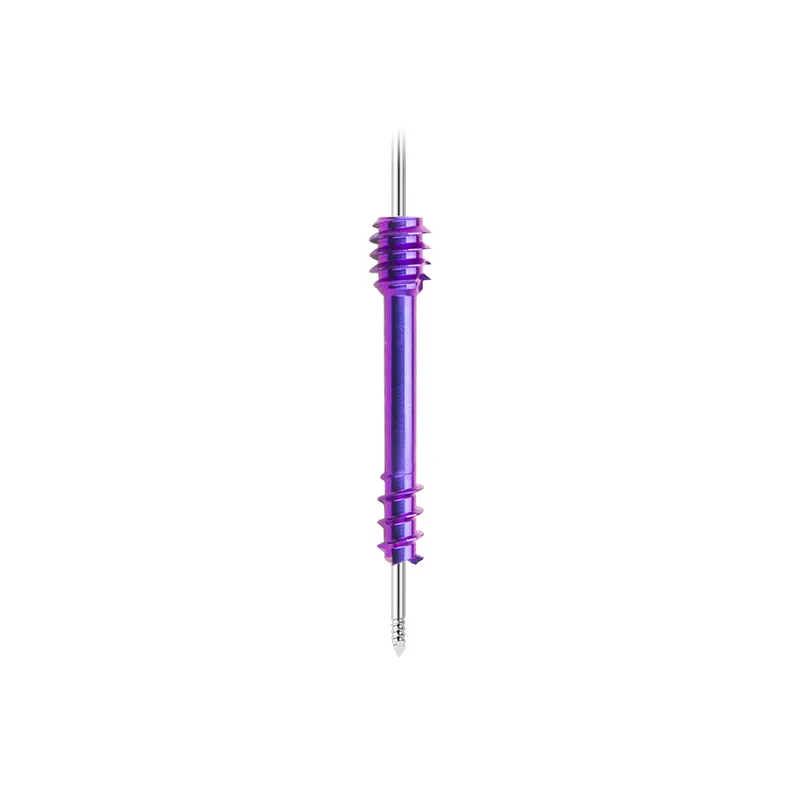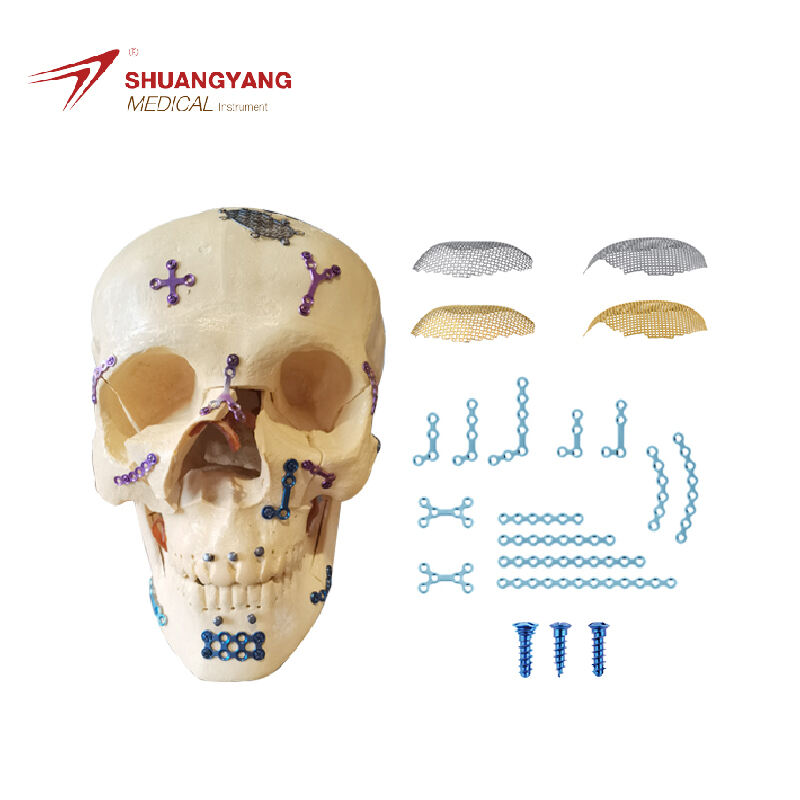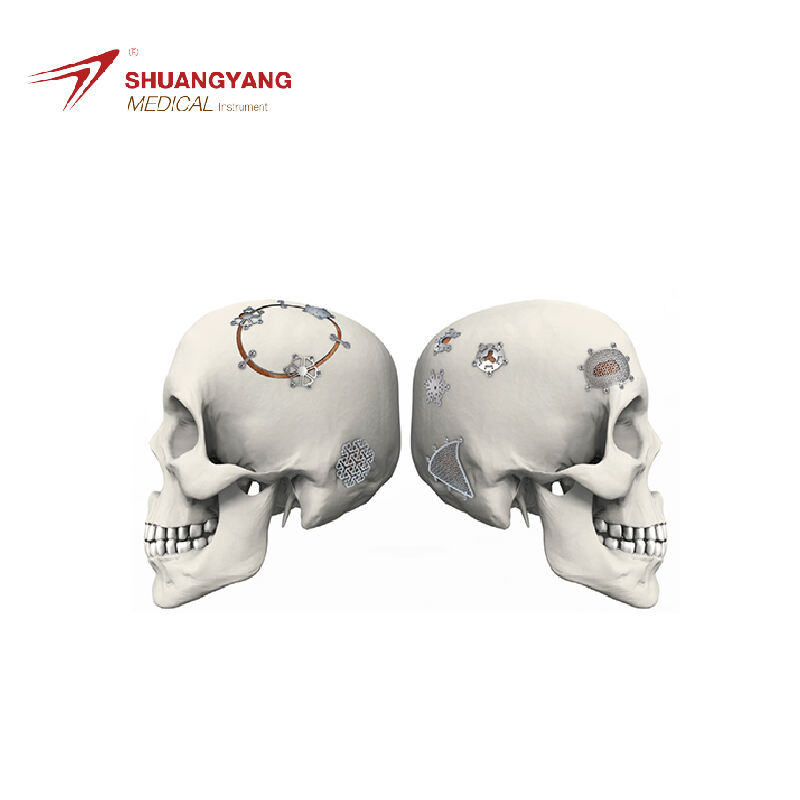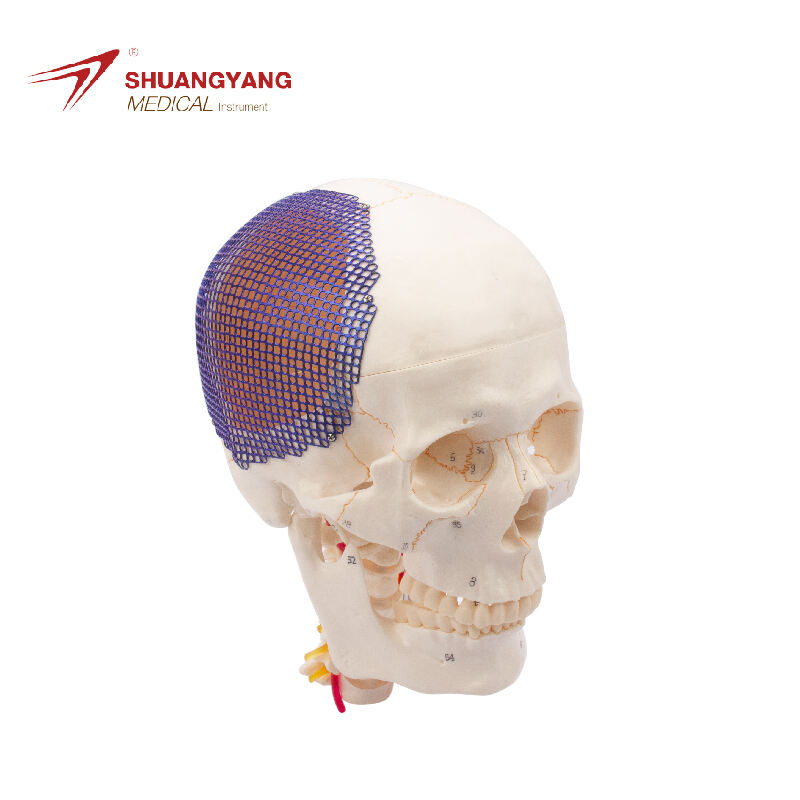cranial implants
Cranial implants are sophisticated medical devices designed to correct cranial defects or to support neurological functions. These implants are typically made from biocompatible materials that integrate seamlessly with the human skull. The main functions of cranial implants include skull reconstruction after trauma or surgery, protection of the brain by covering exposed areas, and the potential for interfacing with neural tissues. Technological features of these implants include advanced designs that promote osseointegration, antibacterial coatings to reduce infection risks, and customized 3D printing for precise fitting. Applications range from neurosurgery and trauma care to the treatment of birth defects and certain neurological disorders, offering patients a renewed sense of security and functionality.
 EN
EN
 FR
FR
 ES
ES
 AR
AR

